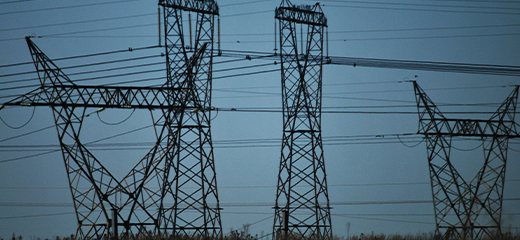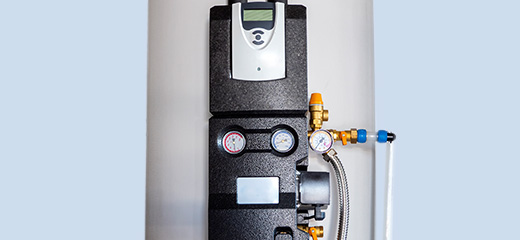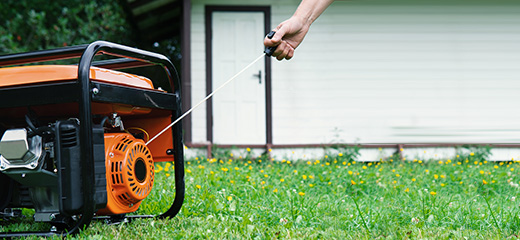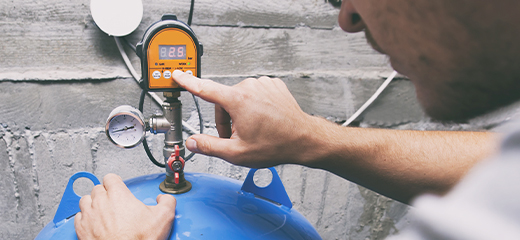
Understanding your home’s electricity consumption
The rising cost of electricity has us all looking at ways to reduce our consumption and improve our home’s energy efficiency. While expensive new devices and appliances can help you reduce your monthly utility bill, your biggest savings will come from what you already have.
That’s according to Keith Cassie, president of the Southern African Energy Efficiency Confederation, who says that the first step in improving your home’s energy efficiency is understanding your electricity consumption.
“I like to think of the energy efficiency journey in the same way as weight loss. We all want to look good and almost all of us have had moments where we’ve decided that it’s time to get rid of a few kilograms. And what’s the first thing that is done when you go speak to a doctor, dietician or personal trainer? They put you on the scale,” he says.
“Understanding your current weight is the key to changing your weight; and the same applies to energy efficiency. If you don’t understand how you are currently consuming electricity, then you’ll be in the dark as to how best to reduce consumption.”
Metering
Unfortunately, people give up on monitoring their electricity consumption because their municipal bills are unreliable. Municipalities do not read everyone’s meter every month, because it’s simply not feasible. Instead, they work out average monthly consumption and update these costs every time the meter is read.
“This means that it can take a while to see the change in your electricity usage reflect on your bill, unless you’re sending in your meter reading to the municipality on a monthly basis,” says Cassie.
Just because municipal bills can be unreliable doesn’t mean that homeowners are stuck without accurate, real-time usage information, however. In fact, there may be various places where you can see your current reading and monitor your usage.
- Property meter: Households can read their meters the very same way municipal employees read their usage. This box can be found on the boundary of the property or on the wall of the house itself. These numbers reflect the total kilowatt-hours (kWh) used to date and increase as electricity is consumed.
- Electrical board reader: Some newer homes have a digital reader built into the main electrical board. Like the property meter, this reader records electricity consumption as it happens.
- Pre-paid meter: If you have moved over to a pre-paid meter, then you will be familiar with the readout of kWh still available for your home to use. Unlike traditional meters that add up electricity usage, pre-paid meters count down available electricity supply.
- Online and smart meters: If you have upgraded to one of these internet-enabled options, then monitoring your consumption is as easy as logging on to the app from your smartphone or computer. These apps can be very insightful in providing detailed information over a specified period of time.
Monitoring
Now that you know where to find accurate electricity consumption readings, it’s time to start recording and monitoring your household usage.
Cassie recommends that you follow an initial process to understand your actual usage and how this differs from day to day.
“You’ll probably find that your household electricity consumption differs from day to day. As an example, you may find that you use far less electricity on a Monday, compared to a Sunday when you have the whole family over for lunch. Monitoring regularly will help you understand what we would call ‘high-load events’ that you aren’t even aware are happening,” he explains.
To start your energy efficiency journey, Cassie suggests you follow a schedule that will help you identify these high-load events.
- For the first two weeks, read and record your usage on a daily basis, preferably at the same time every day. This will help you to identify days or events where electricity consumption tends to be high and the cause behind it.
- For the next four weeks, read and record your electricity usage on a weekly basis, preferably on the same day and time. This will help you identify unexpected high-load events or the results of any attempts to reduce electricity usage.
- At a minimum, you should be recording your electricity consumption on a monthly basis so you can identify any changes in your actual usage. You can also submit these readings to your municipality to prevent unpleasant billing surprises down the line. Your meter will still be scheduled to be read by the municipality to ensure the accuracy of your submissions.
Understanding your energy consumption comes at no cost to households, but is one of the most powerful steps we can take to improve our energy efficiency, protect our pockets and save our environment, says Cassie.
“Knowledge is power. And when it comes to power, self-knowledge is the doorway to bringing down monthly costs, improving our lifestyles and ensuring our children, and their children, have a healthy planet.”
Head to LookSee for a range of vetted products and services aimed at helping you save money.








